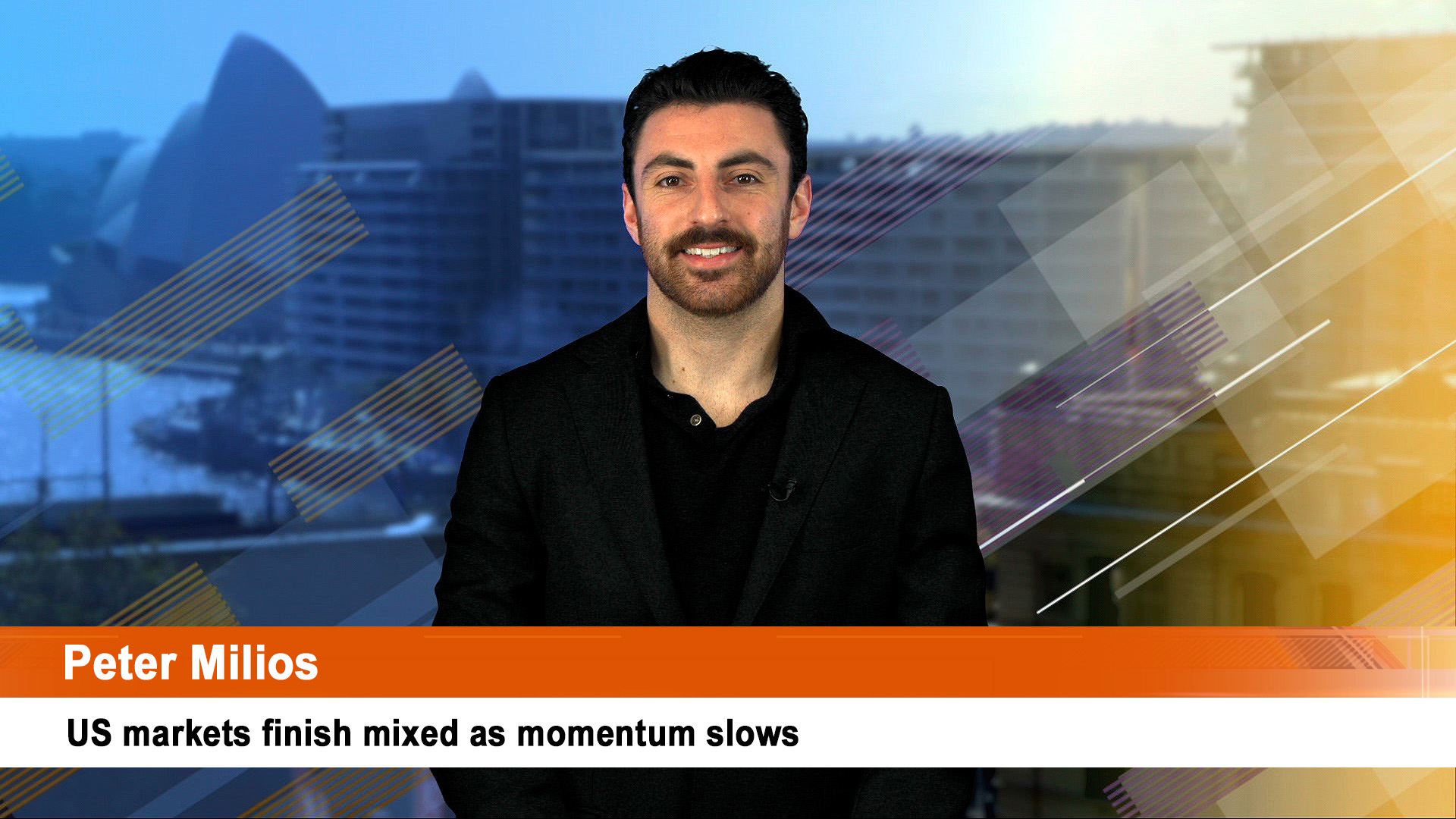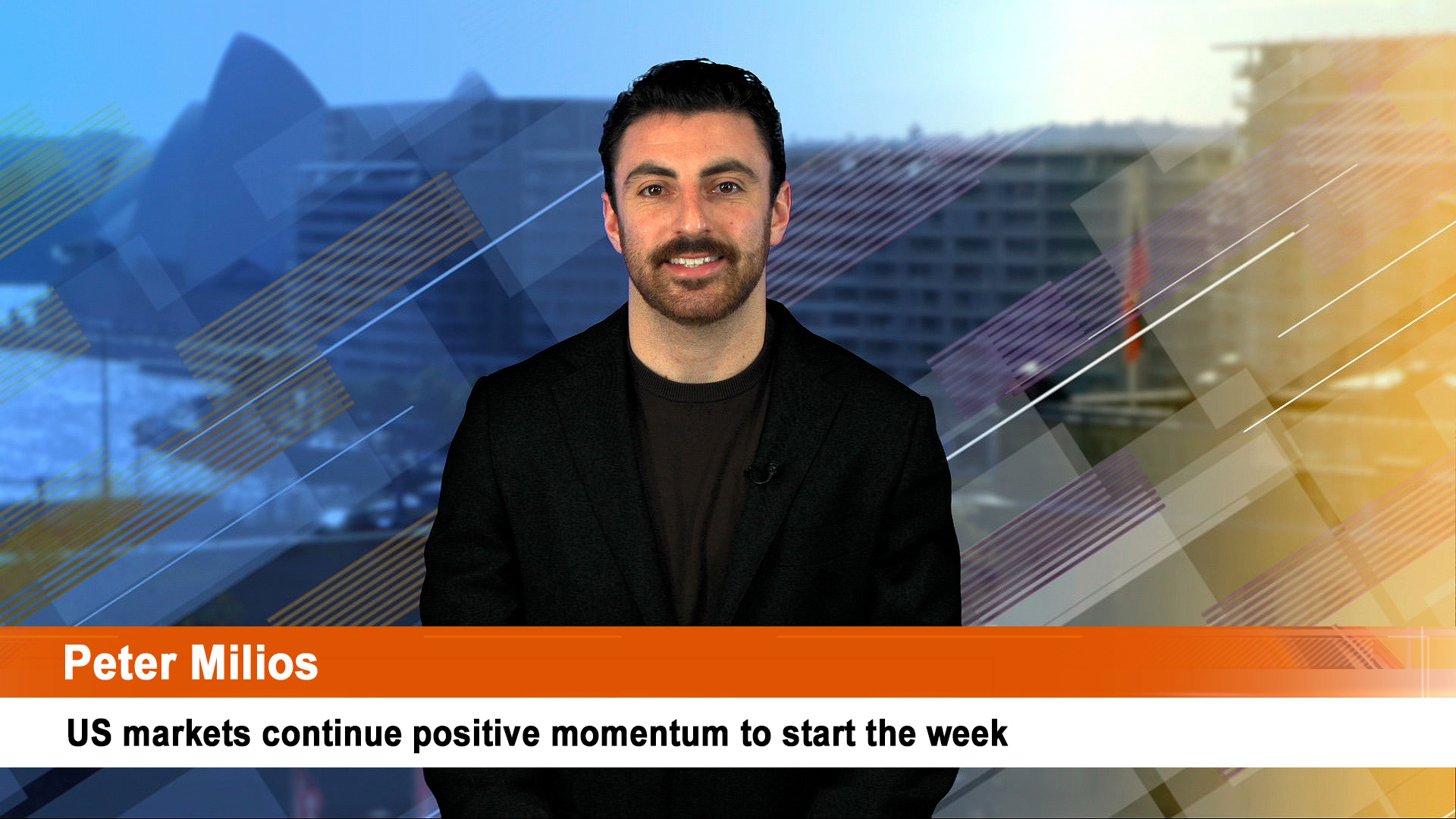A big day for the Chinese economy, stock market and investors today when the final round of interest rate cuts happens.
The People’s Bank of China (PBoC), the country’s central bank, will cut the one-year prime lending rate of 3.6 per cent by 10 points and the five-year rate of 4.23 per cent by the same amount.
The cuts today came as US bank Goldman Sachs slashed its GDP growth forecasts for China this year and next.
Today’s cuts were ordained last week when firstly the PBoC cut the reverse repo rate to 1.9 per cent from 2.0 per cent and then the one-year medium-term lending facility rate by 10 basis points to 2.65 per cent from 2.75 per cent.
The rate cuts saw China’s CSI 300 index (which combines the top companies from the Shanghai and Shenzhen stock markets) rise 3.5 per cent last week, which lifted the index into the green for the year to date with a gain of 1.14 per cent. However, it dipped around 0.8 per cent on Monday.
In contrast, the ASX 200 is up more than 4 per cent, and the S&P 500 has risen more than 15 per cent this year. The Nasdaq has bounded ahead by more than 30 per cent.
The aim of the Xi officials and institutions, quite clearly, is to steady a unbalanced economy and see if the recovery idea from the reopening earlier in the year can be reclaimed.
Judging by the way exports have faded, imports have fallen, unemployment among young people has worsened, production, investment and retail sales have stumbled, and given the still moribund property sector, the Chinese economy will need everything that can be done to provide stimulus.
Last Friday saw a meeting of the executive of the State Council, China’s cabinet, which discussed policy measures aimed at promoting sustained economic recovery, with a particular emphasis on expanding demand, strengthening the “real economy”, and “preventing and resolving risks in key areas.”
It was also the last State Council executive meeting chaired by Premier Li Qiang before he headed off for official visits to Germany and France starting from Sunday (his first overseas trip).
Friday’s meeting reportedly laid out policy priorities to steady and further inject impetus into China’s economic recovery.
It came after China on Thursday released weak economic data on retail sales, property prices, industrial production and urban investment for May.
Chinese economists believe that more stimulus measures are in the pipeline to further rev up the recovery story, in particular concerning the consumption of large commodities and expanding the construction of basic infrastructure, after the cuts in China’s key interest rates.
Some western reports claimed that Beijing was considering issuing the equivalent of about US$140 billion in special treasury bonds, which would be used to finance growth initiatives, such as infrastructure projects, and indirectly help local governments pay down debt.
In addition, previous restrictions on second home purchases within smaller cities may be done away with, allowing more property market activity, according to the report. Previously, most homebuyers were limited to one property to prevent speculation.
Late Sunday saw Goldman Sachs downgrade its view of China’s economy, slashing growth and blaming persistently weak confidence and the cloud over the property market as stronger-than-expected headwinds.
The US investment bank lowered its full-year real GDP forecast from a bullish 6 per cent to 5.4 per cent. It also lowered its 2024 growth forecast from 4.6 per cent to 4.5 per cent.
The cut follows similar moves by banks, though still leaves Goldman among the most optimistic.
“No reopening boosts have faded as quickly as in China,” said the analysts, headed by economist Hui Shan, citing the property downturn and its flow-on effects as the main reason.
“We judge that growth headwinds are likely persistent while policymakers are constrained by economic and political considerations in delivering meaningful stimulus.”
China’s government has set a modest GDP growth target of about 5 per cent for this year after badly missing its 2022 goal.
Now for the interest rate decision today and the impact that has on demand.













